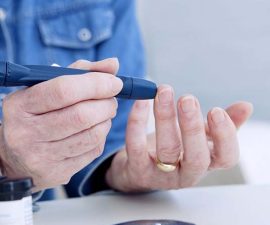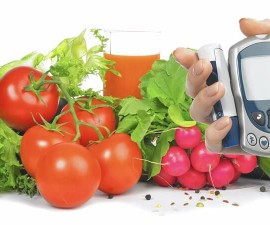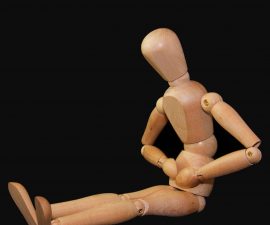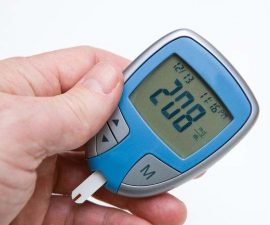… Continued …
Normal blood glucose level in most healthy individuals (non-diabetics):
| Fasting | 2 Hours after eating |
|---|---|
| 72 to 108 mg/dL or 4.0 to 6.0 mmol/L | About 140 mg/dL (7.8 mmol/L) |
Blood glucose levels to diagnose diabetes:
| Normal | |
|---|---|
| Fasting | 2 Hours after eating |
| Lower than 108 mg/dL (6.1 mmol/L) | Lower than 140 mg/dL (7.8 mmol/L) |
| Pre-diabetes | |
| Fasting | 2 Hours after eating |
| 108 to 125 mg/dL (6.1 to 6.9 mmol/L) | 140 to 199 mg/dL (7.8 to 11.0 mmol/L) |
| Diabetes | |
| Fasting | 2 Hours after eating |
| 126 mg/dL (7.0 mmol/L) or higher | 200 mg/dL (11.1 mmol/L) or higher |
Blood glucose level targets for diabetics (A1c level is less than 7%):
| Blood glucose level targets for people with diabetes | |
|---|---|
| Fasting | Lower than 100 mg/dL (5.6 mmol/L) |
| Before meal | 70-130 mg/dL (3.9-7.2 mmol/L) |
| 1-2 hours after eating | 180 mg/dL (10 mmol/L) or lower! But if necessary, some doctors may suggest lower than 153 mg/dL (8.5 mmol/L) for type 2 diabetes – and less than 162 mg/dL (9 mmol/L) for type 1 diabetes. |
| Before exercise | If you take insulin, at least 100 mg/dL (5.6 mmol/L) |
| Bedtime | 100-140 mg/dL (5.6-7.8 mmol/L) |
*Source The Global Diabetes Community. These tables are intended to provide general guidance. An individual target may vary. For instance, the target set by your doctor is the one you should aim for!
What else to concern?
If you check your blood sugar level with a home test kit, there are also factors that can affect the accuracy. Here are some tips and advices:
- Sometimes testing site location does have an effect to the accuracy! A sample of blood test is usually recommended to be taken from your fingertip. When your blood glucose fluctuates quickly, taking blood sample from other sites of the body are not as accurate as fingertip sample.
- Anemia also has contribution to affect the test result. If you lack of red blood cells, your test result is likely to become less accurate.
- Before picking your skin, make sure your hands are clean! Wash and dry the testing sites and your hands, because some substances on the skin (such as dirt and alcohol) may also affect the accuracy.
- Keep your home glucose meter and its accessories at room temperature, because extreme temperature may also affect the test result.
And make sure that your meter works well! There are some ‘quality control tests’ to choose from. For instance, you can use a liquid control solution that you can purchase at most pharmacies.
Or you can match your home-reading with your lab results. Take your glucose monitoring device along when you have an appointment with your doctor or lab work! And use it to check your blood glucose level at the same time that blood is taken for lab tests – and then compare the results!
- http://www.mayoclinic.org/tests-procedures/a1c-test/basics/definition/prc-20012585
- http://www.diabetes.co.uk/diabetes_care/blood-sugar-level-ranges.html
- http://www.webmd.com/diabetes/guide/normal-blood-sugar-levels-chart-adults




